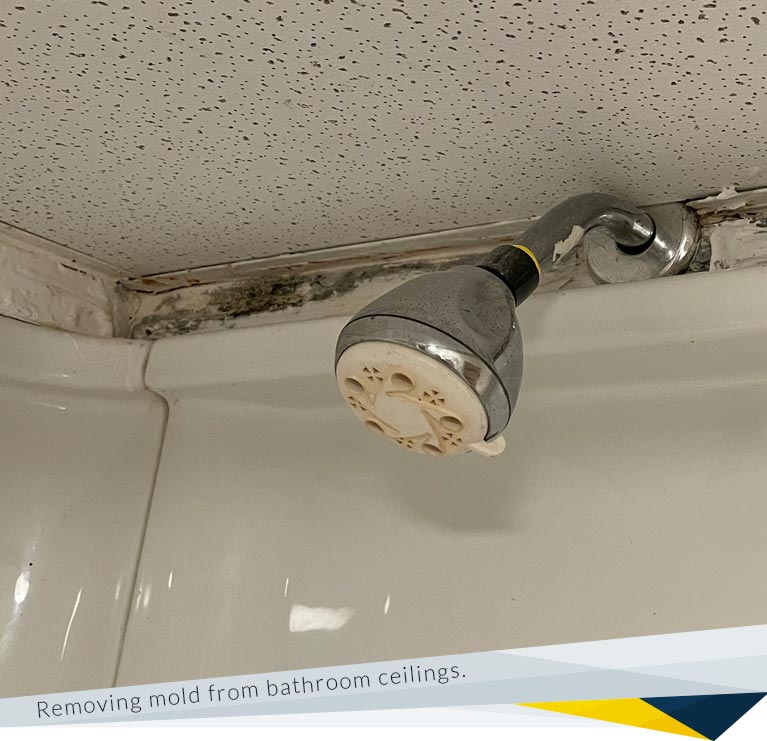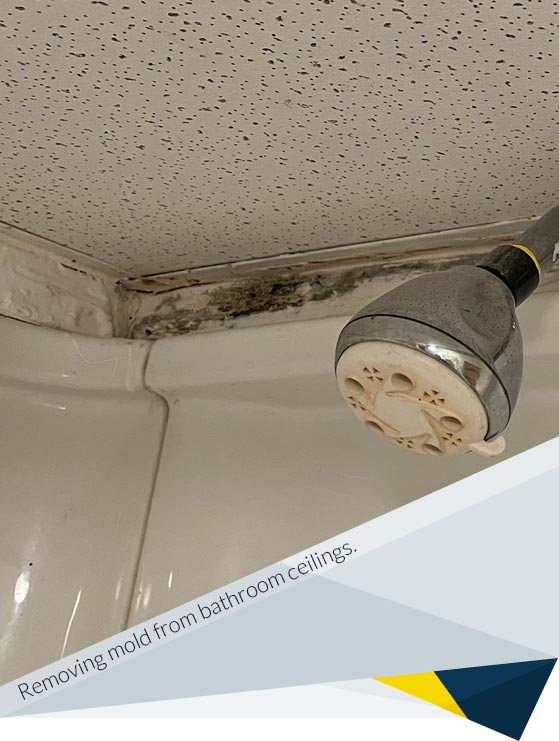
A common issue is mold growing on bathroom ceilings, which must be fixed immediately to keep the living space clean and healthy. This post will show you how to get rid of mold and mildew in a shower and go over the best ways for professionals to get rid of mold from bathroom ceilings. After this, your bathroom will be clean, safe, and free of germs.
The first step in fixing the mold problem is to figure out where it comes from. This part details why mold grows so well in bathrooms and why figuring out these reasons is important. Mold often grows in homes because of the following:

Bathroom mold comes in various types, each with distinct characteristics and risks. Black mold (Stachybotrys) is one of the most concerning due to its potential health effects, often found in damp areas like under sinks or around leaky pipes. Yellow slime mold is less common but thrives in humid conditions, creating unsightly patches on walls or shower curtains. Pink mold (Serratia marcescens) typically appears in showers and on tiles, feeding on soap scum and moisture. Meanwhile, green mold (Aspergillus or Penicillium) can grow on ceilings or in grout lines, spreading quickly if left untreated. Each type requires targeted removal strategies to protect your bathroom and health.
The bathroom's high humidity and wetness levels often cause mold to grow. It is very important to remove black shower mold to keep the area clean and safe. Professional mold removal services are very important for ensuring the mold problem is gone for good and doesn't come back. Here's why hiring professionals to get rid of mold in a bathroom is so important:
First, professionals do a full mold check. They look at the mold to see what kind it is, how big it is, and where the water is coming from that is causing it to grow. The plan for fixing things is based on this review.
We use special methods at FDP Mold Remediation to stop the mold spores from spreading while the cleanup is going on. This includes sealing them off and wearing personal protective equipment (PPE) to keep dangerous mold spores from getting into unaffected areas.
As part of their work, professionals get rid of things that are water-damaged or have mold on them. This is very important because some things can't be cleaned properly after getting mold on them and need to be replaced.
Professionals who get rid of mold use cutting-edge tools and cleaning products allowed by the EPA. They also use "micro-cleaning" methods and other specialty methods to make sure that all mold is gone. This is critical, as mold will readily return if remnants remain behind.
Bathrooms have a range of surfaces, such as walls, tubs, tiles, grout, caulking, and tiles. Each may need a different set of treatments. Professionals know how to get rid of mold and mildew in showers because they have done it before.
As important as getting rid of mold is keeping it from coming back. This part talks about things you can do to keep your bathroom mold-free in the future, such as fixing leaks, making the bathroom airier, and fixing structural problems that cause water to build up. Here are some important steps you can take to avoid this:
A professional must handle mold when it appears on the bathroom ceiling. Mold is bad for your health and can damage your house over time. Hiring professional mold removal experts is best to ensure your bathroom is clean, safe, and free of mold.
Here at FDP Mold Remediation, our goal is to help people get rid of mold in their homes. Our mold removal services are skilled and certified, so you can be sure that your mold problems are in good hands. Mold should not be allowed to destroy your home. Get in touch with FDP Mold Remediation right away to set up a meeting!



